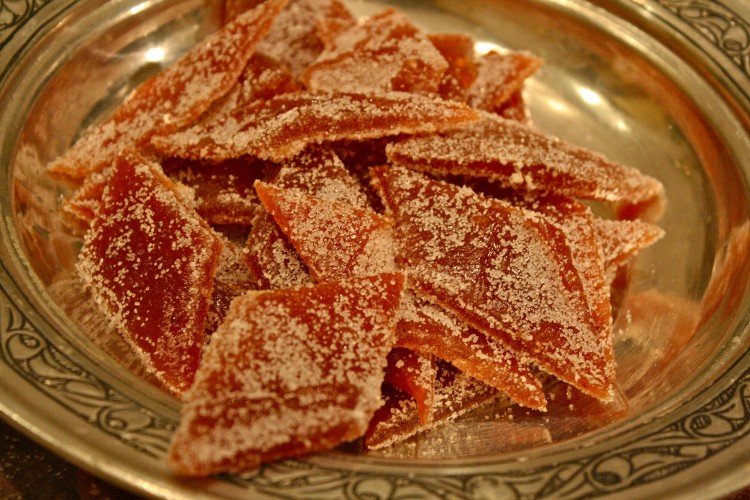I make it every Christmas season, with quinces from my tree if there are enough. This year there were not and I was despondent, until I smelled the quinces coming from Vincent-the-apple-man’s stand. Like the siren’s song, it called me and I was mesmerized into buying a kilo. Never have I smelled quinces like these.

I took my time turning the gorgeously fragrant quinces into paste; I wanted to enjoy their perfume in my home so I set them in the entryway. Their scent charmed everyone who came through the door.
Now, my quinces are bright flavored quince paste, which has pride of place amongst the Christmas cookies I make each year. It is one of Joe’s favorites, and a surprise to many of my friends, because though quinces are such an important fruit here, they are universally turned into beautiful, sunset-hued jelly, their flesh consigned to the compost.

Making quince paste intimidates my friends who make jelly, but it shouldn’t. It’s very easy. It will take you 2 hours from start to finish, just like a batch of cookies. Use the recipe here, which was originally published in Cooking At Home On Rue Tatin and comes from my friend Efisio Farris, chef and owner of the best Sardinian restaurant in the U.S., Arcodoro in Dallas – it is Sardinian, and what makes it so is the bright, lively lemon zest folded in.


When the paste is set, I cut it into lozenges which shine, like deep colored jewels. I put them in an air-tight container and set them in a cool place – they will keep virtually forever (as I have heard because mine doesn’t last long enough).
Quince paste glistens on the Christmas cookie plate, but it is also exquisite served with roast leg of lamb, roast duck, wild game. Tuck a couple of lozenges on a plate, and your guests will be captivated.
Bon Appétit!





